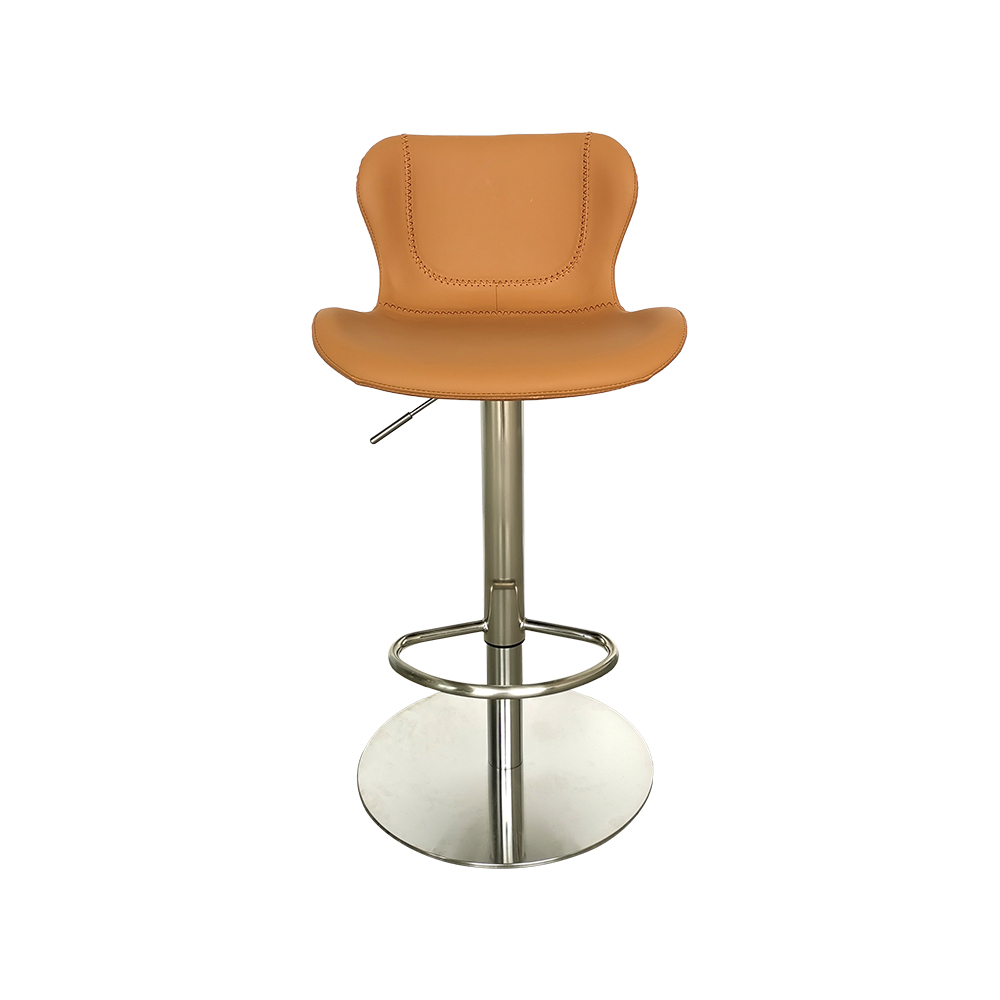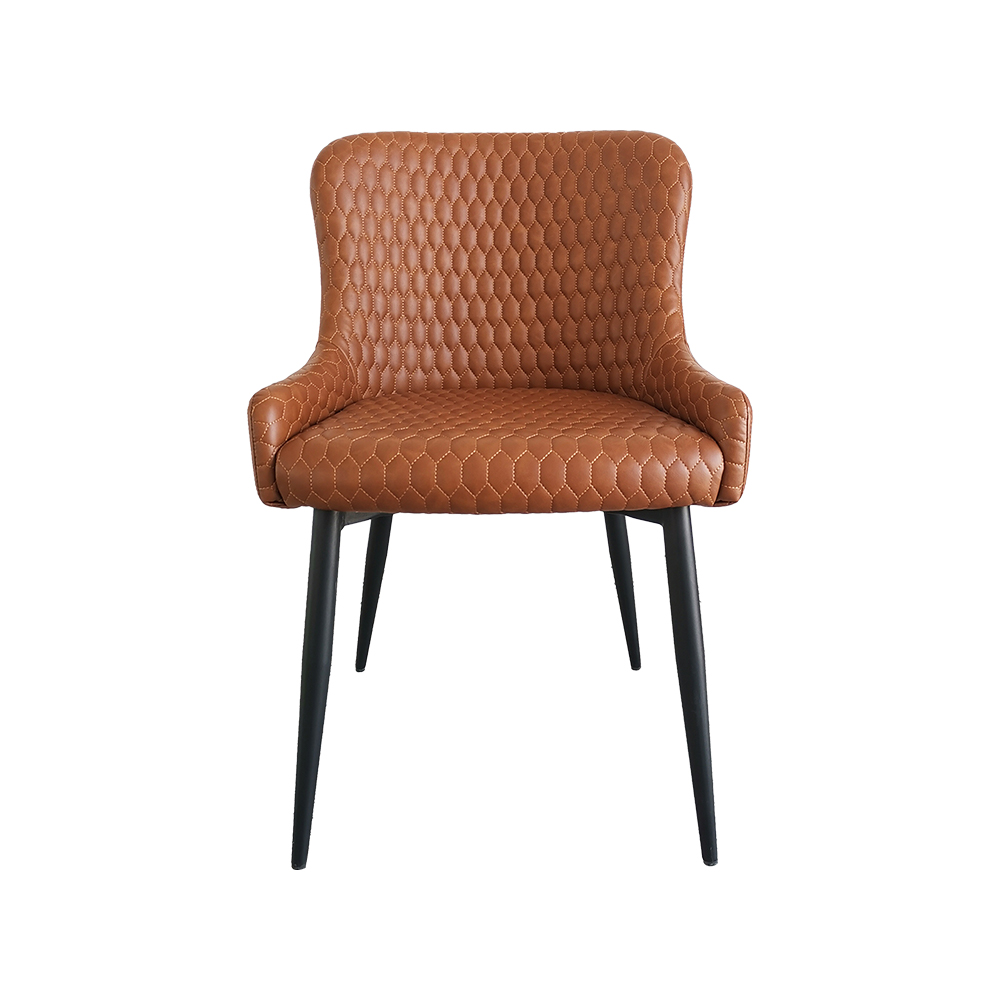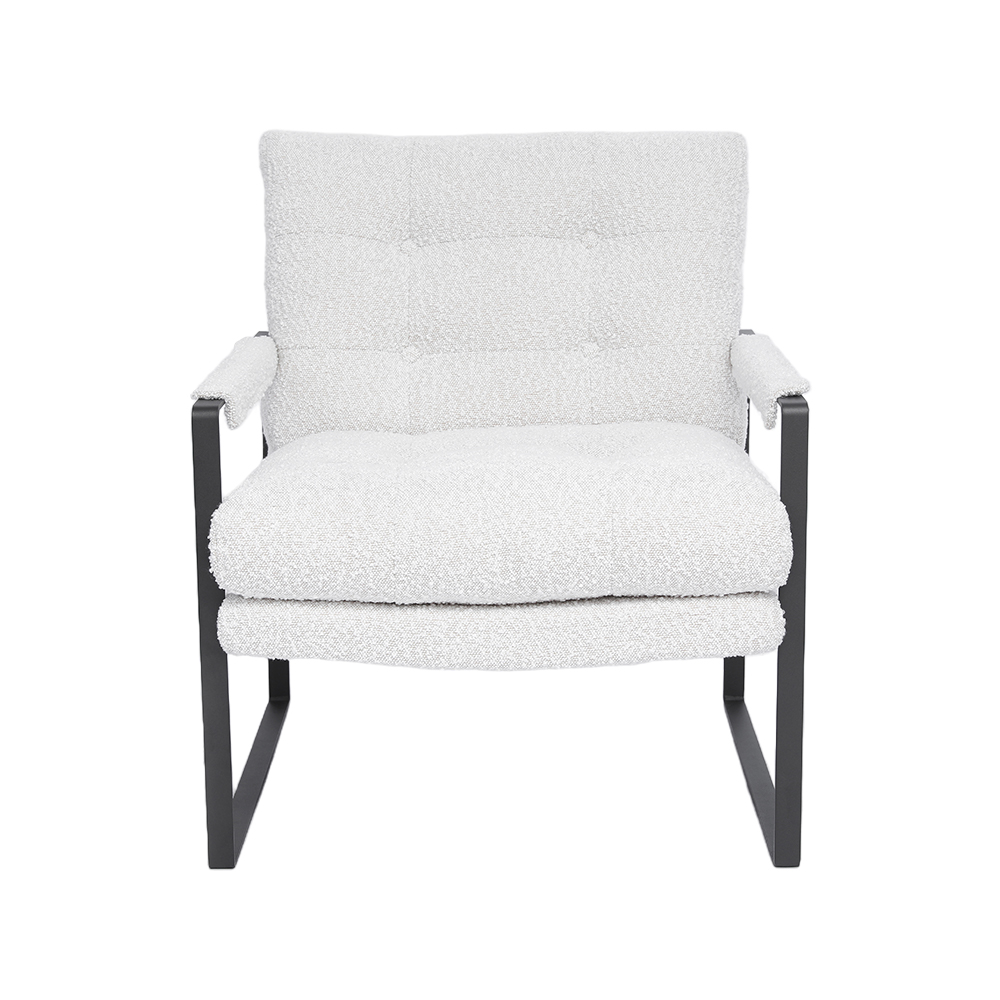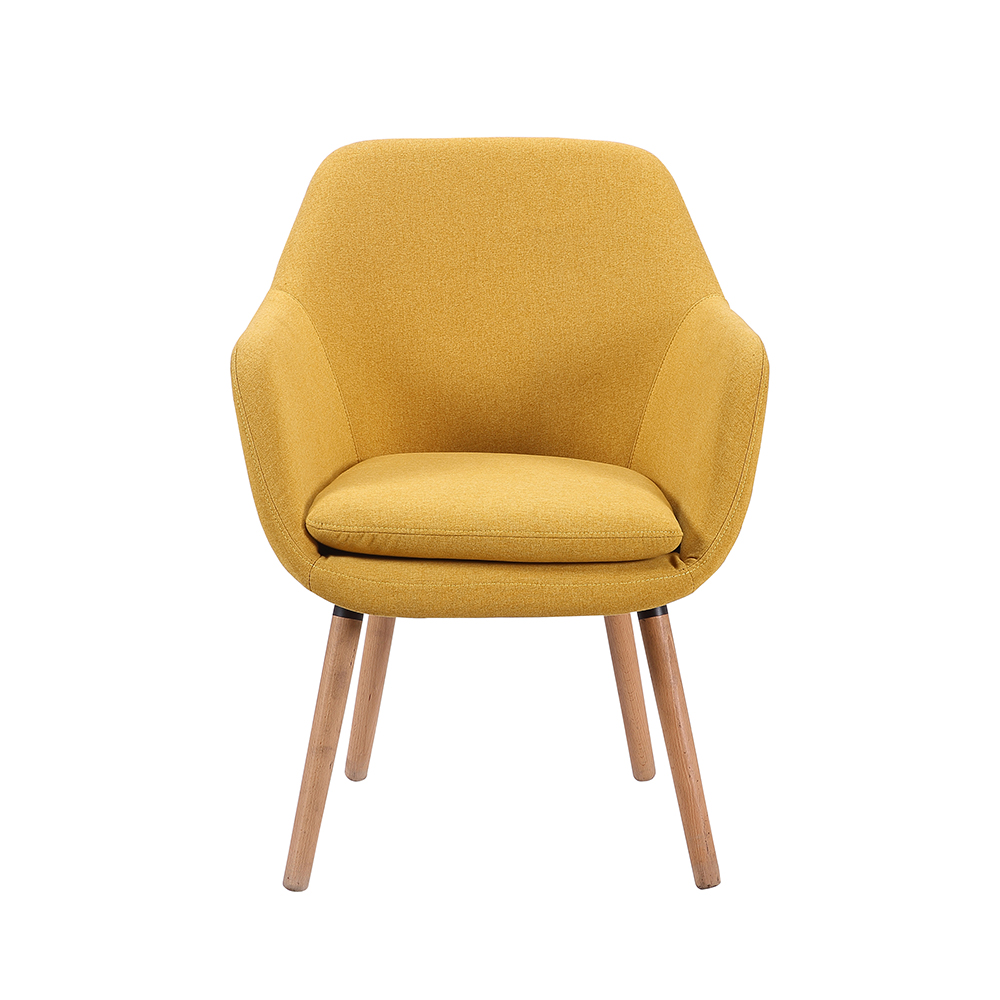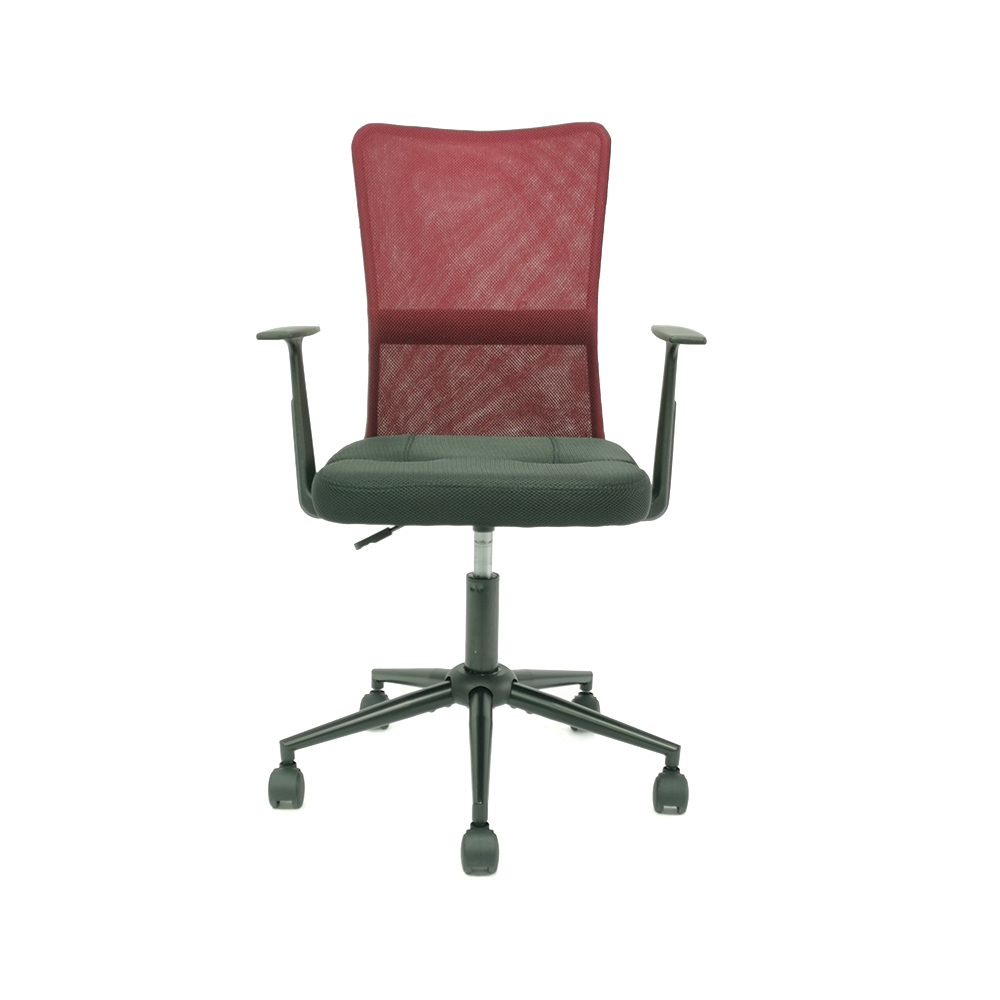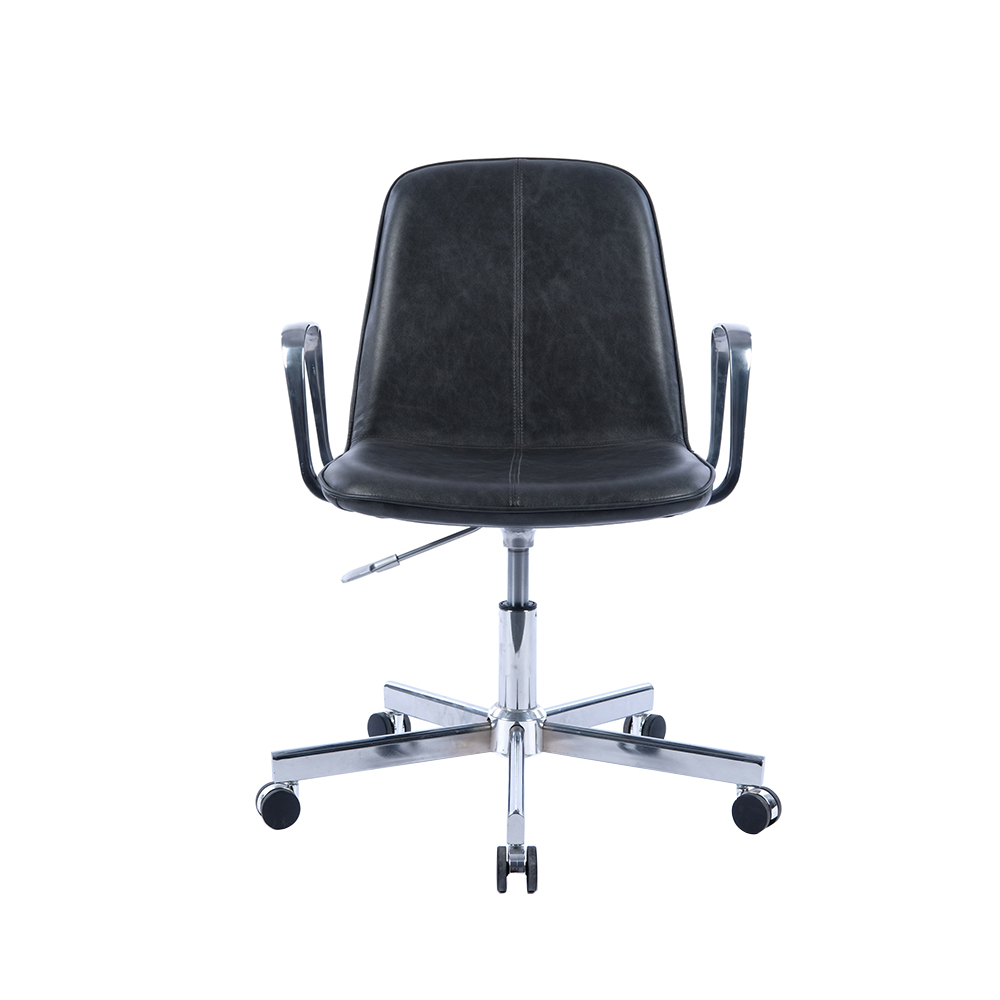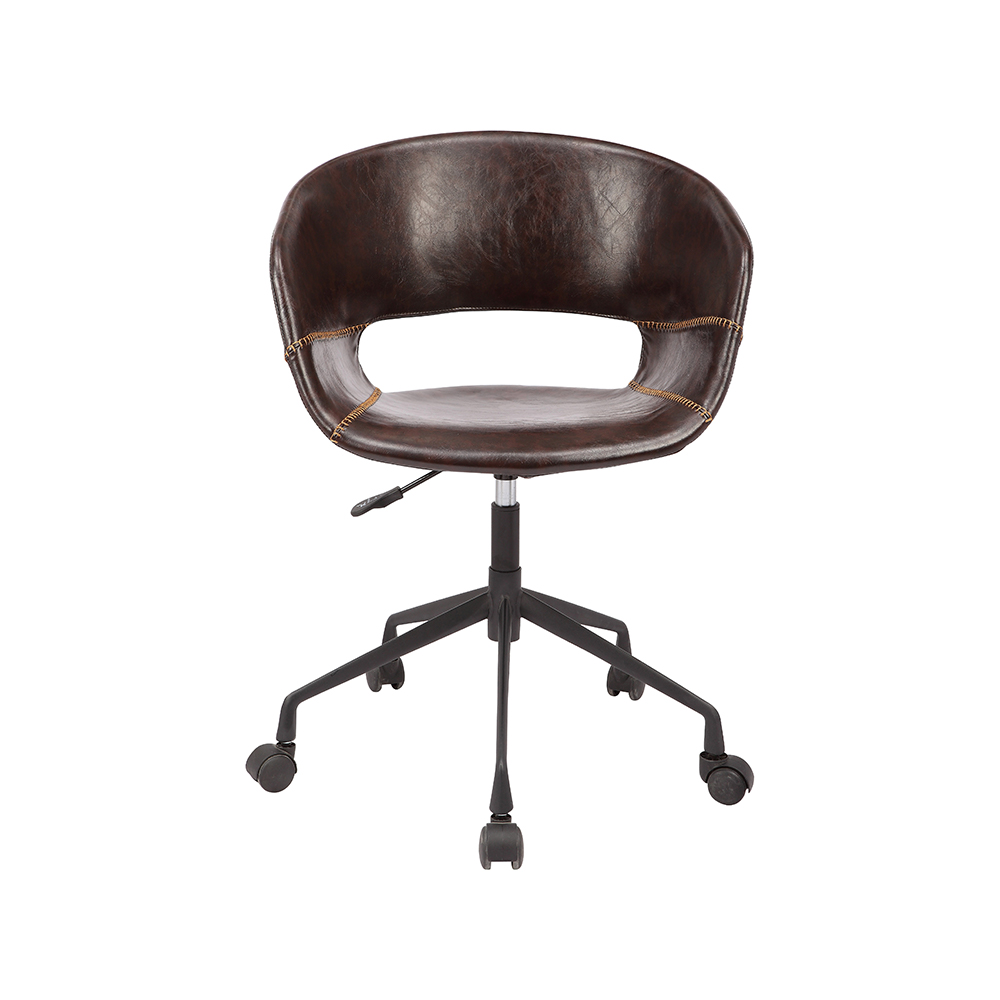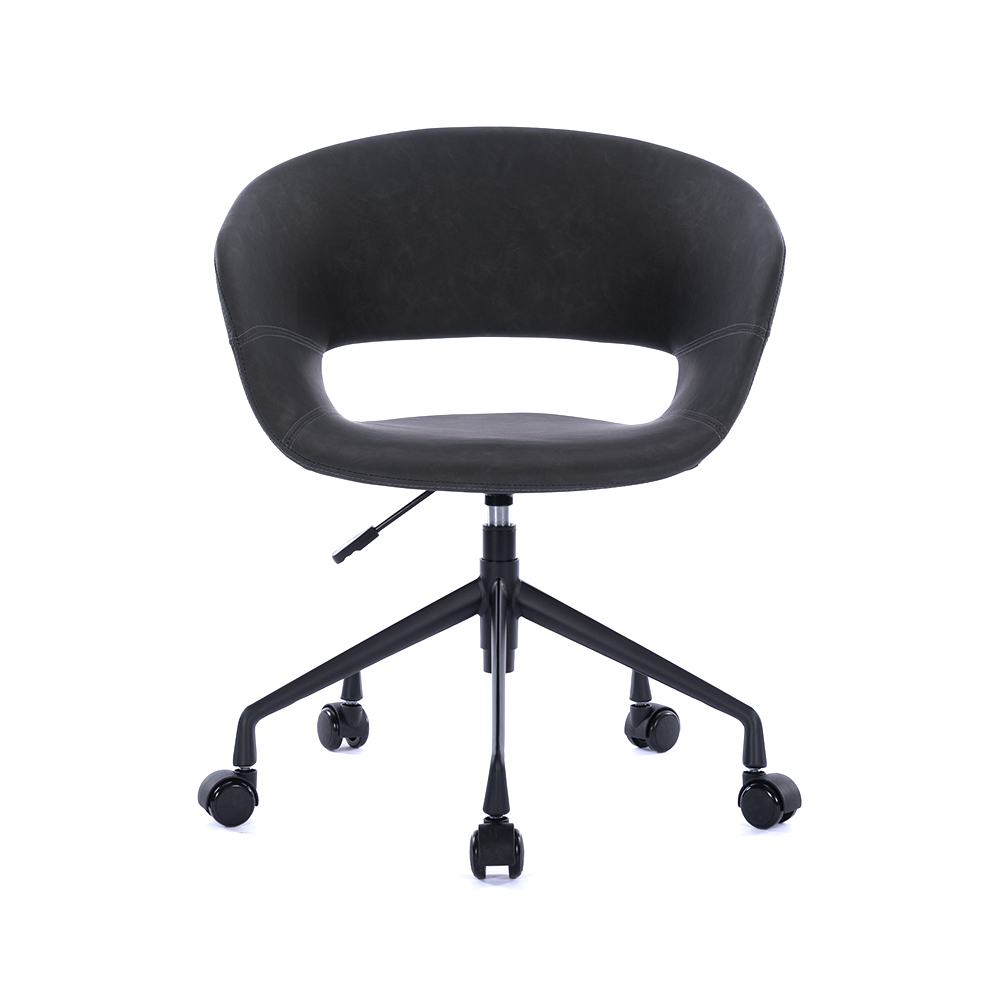+86-0572-5888031
Can a Mesh Chair Help Improve Posture?
 2025.10.17
2025.10.17
 Industry News
Industry News
In the modern world, where long hours at desks have become commonplace, posture-related issues are increasingly common. Poor posture can lead to chronic back pain, neck strain, fatigue, and even long-term musculoskeletal problems. This has prompted many to consider ergonomic solutions, including mesh chair, as a way to improve posture while working. But can a mesh chair truly make a difference?
Understanding Posture and Its Importance
Posture refers to the way we hold our bodies while standing, sitting, or performing activities. Proper posture ensures that the bones, muscles, and ligaments are aligned in a way that reduces stress and strain on the body. Poor posture, on the other hand, can lead to discomfort, pain, and long-term health issues.
Common posture problems associated with prolonged sitting include:
- Slouching or hunching forward
- Rounded shoulders
- Forward head posture
- Lower back strain
Given these challenges, many people look for ergonomic chairs designed to promote spinal alignment and reduce tension.
What is a Mesh Chair?
A mesh chair is a type of office chair that features a backrest made of a flexible, breathable mesh material rather than a solid cushion. This mesh design allows for better air circulation, reducing heat and moisture buildup during long periods of sitting. Beyond comfort, mesh chairs are often engineered with ergonomic principles in mind, providing adjustable features aimed at improving posture.
Key features of a typical mesh chair include:
- Breathable mesh back: Allows airflow and conforms to the natural curve of the spine.
- Adjustable lumbar support: Provides lower back support to maintain the natural lumbar curve.
- Height adjustment: Enables users to align their feet properly with the floor.
- Recline and tilt functions: Allow dynamic movement, preventing stiffness.
- Adjustable armrests: Reduce shoulder and neck strain by supporting the arms.
These features are designed to promote a healthier sitting posture and prevent common issues associated with prolonged desk work.
How a Mesh Chair Can Improve Posture
1. Encourages Proper Spinal Alignment
One of the main advantages of a mesh chair is its flexible backrest, which can adapt to the shape of the spine. Many mesh chairs include built-in lumbar support, either fixed or adjustable, which helps maintain the natural inward curve of the lower back. Proper lumbar support is critical for preventing slouching and encouraging an upright posture.
2. Promotes Active Sitting
Unlike rigid chairs, a mesh chair often allows for subtle movements as the backrest flexes. This “active sitting” encourages micro-movements in the spine, preventing stiffness and muscle fatigue. These small adjustments help maintain better alignment over time.
3. Supports the Upper Body
Adjustable armrests on mesh chairs can help keep the shoulders relaxed and reduce tension in the neck and upper back. When armrests are positioned correctly, they prevent the shoulders from rounding forward, which is a common posture problem for office workers.
4. Encourages Proper Seat Height
Height adjustability is crucial for posture. A mesh chair allows users to set the seat height so that feet are flat on the floor and knees are at a 90-degree angle. This reduces pressure on the thighs and lower back, supporting better alignment throughout the day.
5. Facilitates Breathing and Comfort
The breathable mesh back allows air circulation, which can improve comfort during long hours of sitting. When users feel comfortable, they are less likely to fidget or adopt slouched positions, indirectly promoting better posture.
Ergonomic Tips for Using a Mesh Chair to Improve Posture
Simply owning a mesh chair is not enough; proper use is key to achieving posture benefits. Here are some practical tips:
- Adjust the lumbar support so that it fits snugly against your lower back.
- Set the seat height so your feet rest flat on the floor or on a footrest.
- Position the armrests so your shoulders are relaxed and elbows are at roughly 90 degrees.
- Sit back fully in the chair rather than perched on the edge, allowing the mesh back to support your spine.
- Use the tilt feature to occasionally recline, reducing pressure on the spine.
- Take regular breaks to stand, stretch, and move around, even with a supportive chair.
By combining a mesh chair with mindful sitting habits, users can significantly improve their posture and reduce discomfort.
Scientific Perspective
Several studies have examined the role of ergonomic chairs in posture and musculoskeletal health. Research consistently shows that chairs with lumbar support and adjustable features can reduce lower back pain and promote better spinal alignment.
While a mesh chair alone cannot correct severe posture problems or spinal conditions, it provides an effective support system that complements ergonomic practices. The flexibility of the mesh material allows the back to maintain a natural curve, which can improve posture over time when used correctly.
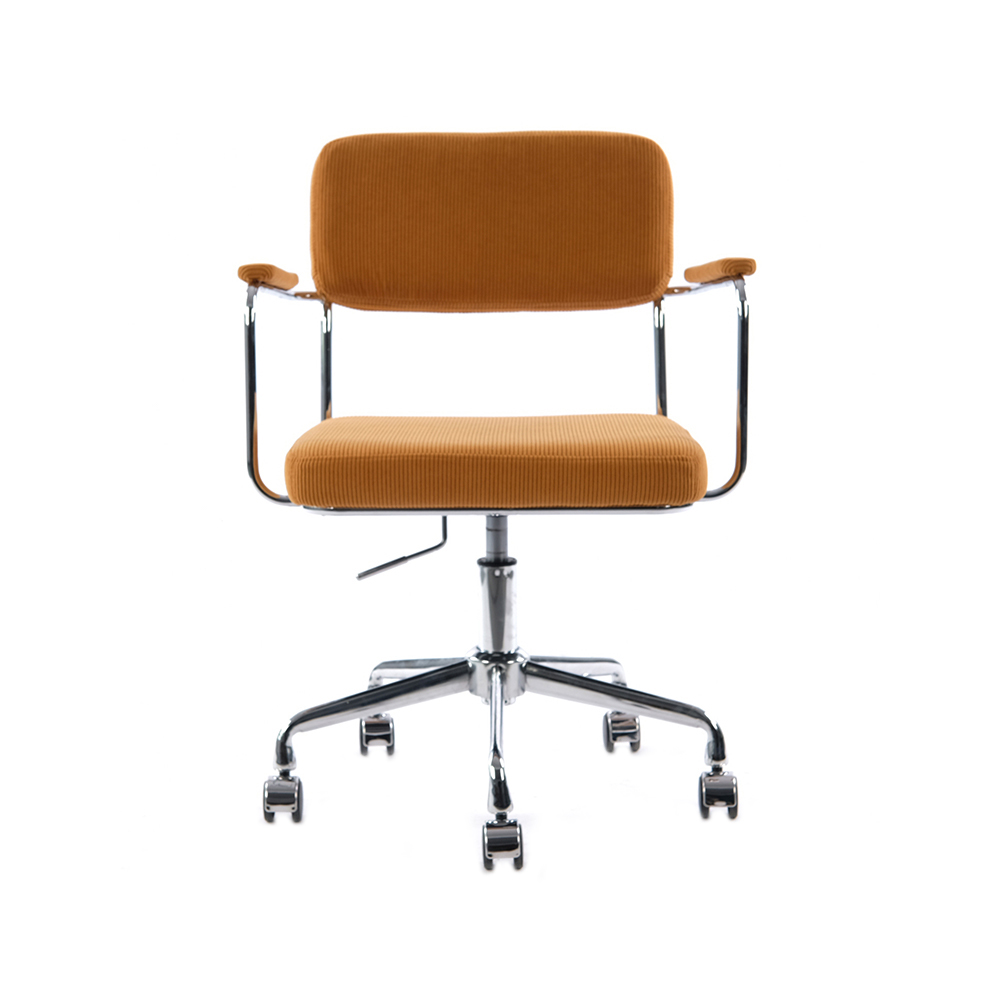
Common Misconceptions About Mesh Chairs and Posture
Despite their popularity, there are misconceptions about mesh chairs:
- “Mesh chairs automatically improve posture”: A chair cannot fix posture without proper adjustments and mindful sitting.
- “Mesh chairs are uncomfortable”: While comfort is subjective, most high-quality mesh chairs are designed to balance firmness and flexibility, supporting prolonged sitting.
- “All mesh chairs are the same”: The design, quality of mesh, and ergonomic features vary widely. Investing in a well-built chair is key.
Understanding these nuances ensures realistic expectations and effective use.
Limitations of Mesh Chairs
Mesh chairs have several benefits, but they also come with limitations:
- Limited cushioning: Some users may find mesh seats less cushioned than upholstered chairs, potentially causing discomfort during long sessions.
- Durability concerns: Lower-quality mesh can sag or stretch over time, reducing lumbar support.
- Adjustment complexity: Improper adjustment can negate posture benefits. Users must know how to set height, tilt, and lumbar support correctly.
- Not a medical solution: Mesh chairs are supportive but cannot replace medical treatment for spinal conditions.
Acknowledging these limitations helps users choose the right chair and manage expectations.
Choosing the Right Mesh Chair
To maximize posture benefits, consider the following when selecting a mesh chair:
- High-quality mesh material that is flexible but durable.
- Adjustable lumbar support that can be customized for your spine.
- Seat height and tilt adjustability for ergonomic positioning.
- Armrest adjustability for shoulder and neck comfort.
- Weight capacity suitable for your body type.
- Additional features like headrests or synchronized recline for added support.
Investing in a chair that fits your body and work habits is essential for achieving long-term posture benefits.
Conclusion
A mesh chair can be a valuable tool for improving posture, but it is not a standalone solution. Its ergonomic features, including lumbar support, breathability, and adjustability, help maintain proper spinal alignment and reduce the physical strain associated with prolonged sitting. When combined with correct sitting habits, regular movement, and attention to ergonomics, a mesh chair can contribute significantly to better posture and overall comfort at work.
Ultimately, improving posture requires a holistic approach—mesh chairs provide essential support, but conscious posture practices and healthy work habits are equally important. Choosing a high-quality mesh chair, adjusting it properly, and using it mindfully can transform your workday from one of slouching and strain to one of comfort, alignment, and better health.

 English
English عربى
عربى Español
Español 中文简体
中文简体
